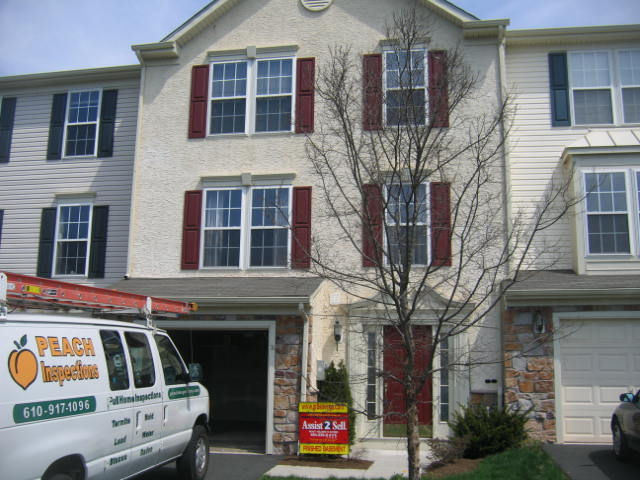Step Back, Then Move Closer
- Nick Bruneau
- Jun 14, 2023
- 2 min read
Updated: Dec 12, 2023
Here is a general inspection checklist or process for inspecting the exterior during a home inspection. Many home inspectors begin each home inspection by inspecting the roof and the exterior.

The exterior inspection could start by observing the home from the street or at the end of the driveway. Look at the house in its entirety. Check for things that may not be level, plumb, or square. Many major structural problems will be apparent only when viewed from a distance.

Step Back
Up close, many things on the house may seem okay, but it's a different picture when the house is observed from farther away. Step back and take a few moments to look at the whole house. Check its outlining shape, its main design, and its structural features. Figure out the various components of the house by stepping back. Identify the location of some of the systems, such as the electrical service, central cooling unit, egress opening, chimney structures, garage, parking area, side doors, fences, plumbing entrance, outlying exterior structures, landscaping features, property boundaries, shared utilities or components, and driveways and sidewalks, as well as inspection restrictions or obstacles, the prevailing wind direction, the southern-facing side of the house, and much more. Check the large trees that are near the house structure. From afar, the inspector may be able to identify different types of siding materials used on the house. By stepping back and looking at the house, the inspector can get the big picture.

Move Closer
Next, move closer to the house and get a better, more detailed look. Many inspectors follow the front walk or driveway that leads to the house as they approach. The inspector may choose a clockwise direction to move around the perimeter of the house. In this close-up inspection of the exterior, the inspector is looking for details by getting behind the vegetation, looking under things, and crawling under, reaching up, looking in, touching, measuring, and probing.
Time
The exterior, including the roof system, may take up a lot of the total time of the home inspection. The home inspector should manage their inspection time for themselves, their client, the real estate agent, the occupant, and the owner of the property.
Damage or Deterioration
The exterior of all homes and buildings is slowly deteriorating and aging. The sun, wind, rain, and temperatures are constantly affecting it. The home inspector should check the building’s exterior for its condition and weather tightness. The inspector should check the condition of all exterior-covering materials and look for indications of developing patterns of damage or deterioration.
In hurricane regions, examine screen and jalousie enclosures, carports, awnings, canopies, porch roofs, and roof overhangs to determine their condition and the stability of their fastenings. Then, examine the following four critical areas of the exterior to determine their condition and strength: roofs; windows; doors; and garage doors.
In locations where wildfires can occur, some jurisdictions have restrictions on the use of flammable exterior-covering materials. Check with the local building official or the fire marshal, or both, for detailed information.
Please Subscribe so you don't miss out on our new Blogs!
To schedule an inspection, visit our services page.




Comments